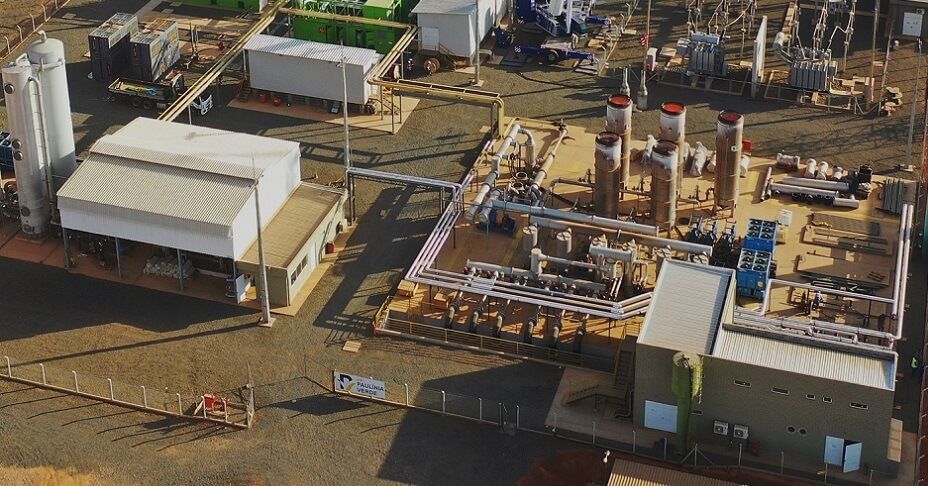
A single word can cause major confusion — and that’s exactly what happens when we talk about energy transition and clean energy. Understanding the difference between natural gas, biogas, and biomethane is essential for making more conscious and sustainable energy choices.
What is Natural Gas
The term “natural gas” can be misleading to many consumers, who associate the word “natural” with sustainability. In reality, natural gas comes from fossil fuels and is considered a non-renewable resource.
Widely used in stoves, heaters, power generation, and transportation (CNG), natural gas is extracted from underground reservoirs and results from the decomposition of fossil organic matter — remains of animals and plants.
Despite its widespread use and energy efficiency, natural gas has serious environmental impacts:
- It emits carbon dioxide and methane, both greenhouse gases;
- It is finite, meaning it has limited availability;
- Its extraction can cause environmental damage and contaminating leaks.
It is flammable and explosive, requiring specific handling precautions.
What is Biogas
Biogas is a gas generated from the decomposition of organic waste, such as food scraps and agricultural residues. This production occurs in anaerobic and controlled environments — landfills — which capture the gases emitted during the process, mainly methane (CH₄) and carbon dioxide (CO₂).
After capture, these gases undergo cleaning and dehumidification processes. One of its main advantages is the controlled burning of methane, which reduces environmental impact by preventing this gas — 25 times more harmful than CO₂ — from being released into the atmosphere.
Biogas can be used to generate thermal, electrical, or mechanical energy. A practical example is Orizon’s plant in Paulínia/SP, which contributes to the national electricity grid.
What is Biomethane
Biomethane is the purified form of biogas, in which methane is separated from CO₂. The result is a high-performance fuel, equivalent to natural gas, but with the advantage of being renewable.
It can be used as a direct replacement for natural gas in transportation (as an alternative to CNG or diesel), industrial processes, households, and more.
Among its advantages are:
- Lower greenhouse gas emissions;
- Local and accessible production, without the need for environmental extraction.
The difference between natural gas, biogas, and biomethane
Understand in practical terms the difference between natural gas, biogas, and biomethane
Understanding the differences between natural gas, biogas, and biomethane is key to exploring the possible paths of global energy transition. While natural gas still plays an important role in the energy matrix, it is urgent to recognize its environmental impacts and invest in sustainable solutions.
Biogas and biomethane capture, on the other hand, offer cleaner alternatives aligned with the principles of the circular economy — turning waste into energy, reducing emissions, and contributing to a safer and more renewable energy matrix.



